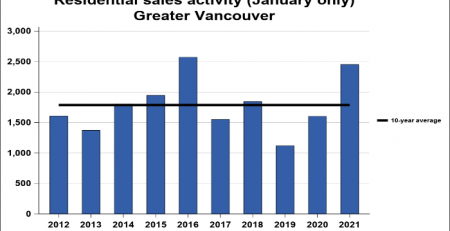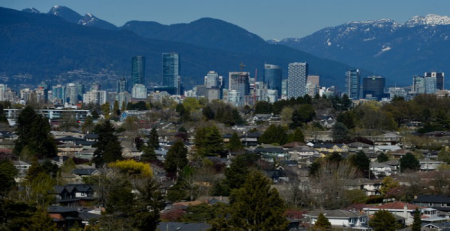B.C. the ‘bright light’ for Canada’s economy
[Source: Journal of Commerce, October 20, 2017]
Economic indicators are looking good for British Columbia, Canada and the world. At a provincial level, the economy is in great shape, Central 1 deputy chief economist Bryan Yu said at the recent CanaData West conference in Vancouver.
“British Columbia is doing phenomenal regarding the economy and the outlook going forward is positive,” Yu said.
The province’s economy is showing strong job growth and consumer demand as well as positive indicators for wages, population and housing.
“B.C. is the bright light for Canada’s economy,” Yu said, adding the growth spans more of the province than just the Lower Mainland.
“It’s not only a Vancouver story, it’s also an island and southern interior story.”
While Vancouver is seeing employment growth, Victoria and Kelowna are also rising.
Kelowna’s growth in particular is due to not only strong population growth within the region but also work on surrounding major projects, he noted, while residential construction is a substantial labour growth driver across B.C.
Population growth, he said, is driven less by international arrivals than by inter-provincial migration as residents of other provinces move to B.C. for work.
“Migration from Alberta has declined from very high levels in previous years but continues at a relatively high rate,” Yu said.
Migration will likely swing back to international flows, he said, because of changes to federal government immigration policy encouraging highly-skilled immigrants to move to Canada for work.
There is some weakness in B.C.’s economy however, Yu noted, including a decline in building permits and a weak mining sector. The retail sector is also facing changes, he stated, citing the recent Sears liquidation announcement.
“Bigger stores are being replaced by smaller boutique stores,” Yu said.
The spate of recently cancelled B.C. LNG projects is a worry, he added, and “we’ll see how many more we cross off as time goes on.”
A likely interest rate increase will also constrain the market and make entry into the housing market difficult for first-time buyers, Yu said.
“But on the upside, the completion of a high number of units should sooth the market somewhat,” he said. “There’s huge constraints on the housing market right now.”
Nationally, the economy has done well with Canadian Gross Domestic Product tracking over three per cent, and the Canadian growth rate above both the G7 nations and the United States since mid-2016. Residential growth has largely been restricted to Ontario due to policy changes made at the provincial level, Yu said.
But there are roadblocks ahead, he warned.
“Fiscal stimulus has been an ongoing boost for the economy, but that bump is starting to slow. There have been uneven improvements in exports and recently there has been a deceleration in demand for goods going to the U.S.,” Yu said.
Interest rates continue to be low, he said, and “our view is they will hold off until maybe the second quarter of 2018 for the next rate hike.”
At the international level, the global economy took a hit with Brexit and the dip in oil prices over the last few years, Yu said, but stabilization has occurred thanks to growth in China.
“China is shifting from an export-based economy to a more consumer-centric model, which has slowed growth from its record highs but is still a steady and solid growth rate. The shift to a consumer economy has helped drive global demand,” Yu said.
And growth rates aren’t isolated to one part of the globe, he added.
“There is synchronous growth in the United States, Europe, Japan and China,” Yu said.











